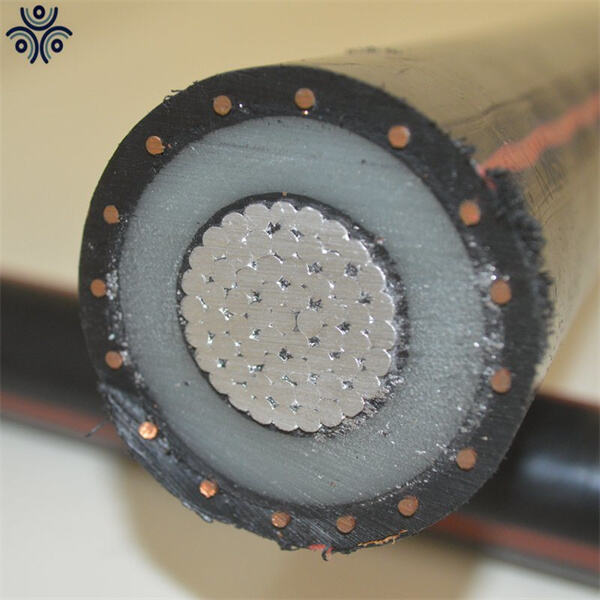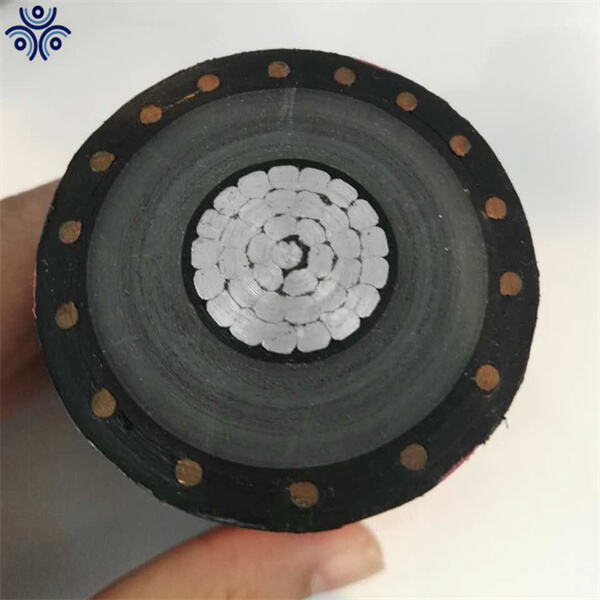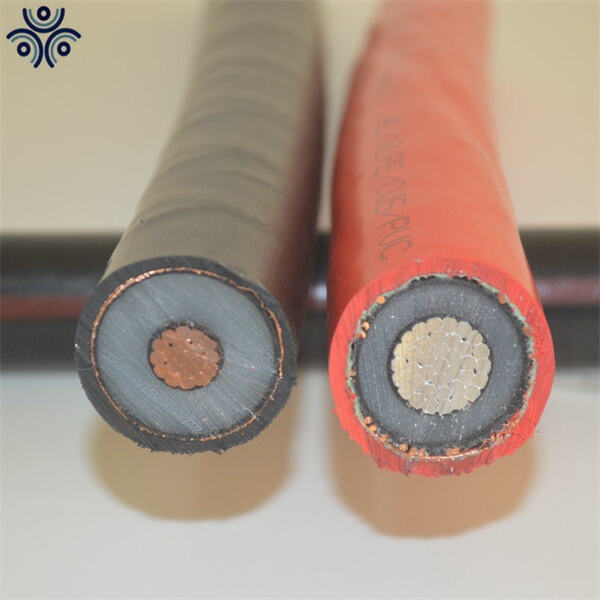URD cables are specifically designed for underground use, consisting of various electrical cables. They have a thick layer on them which protects them from water and other harmful things. This outer layer helps prevent electrical shocks and fires as well. Many electrical jobs are done with URD cables in homes, businesses, and factories.
Why use URD cables — The reasons are many. One major reason — URD cables last longer and are sturdier than cables suspended high above ground. URD cables are underground and thus not vulnerable to damage due to rain, wind, or falling objects. This is great for safety purposes, as they cannot be easily broken in high winds.

URD cables installation guide from its manufacturer. You dig a trench where the cables are going to run. The trench should be deep enough to protect the cables, and also wide enough that it is easy to set them into the hole. You can then lay the URD cables in the trench that you just dug and fill the trench with dirt over the URD cables. While installing the cables, it is extremely important to route the cables safely and protect them.

Regular inspection and maintenance is necessary to ensure URD cables continue to perform well over an extended period. Being able to see them frequently will allow you to check for any issues while they are still manageable. Avoiding sharp objects or heavy machines that could break URD cables. Dry storage and keeping them away from extreme temperatures will make them last longer.

URD cables have helped improve and secure electrical systems! URD cables are much more secure and dependable than overhead cables and is a perfect candidate for retrofitting the aging overhead systems. This will allow people to upgrade to URD cables to rest easy knowing that their electrical systems are functioning properly and are not a safety hazard. With proper installation and maintenance, URD cables can have a long lifespan.